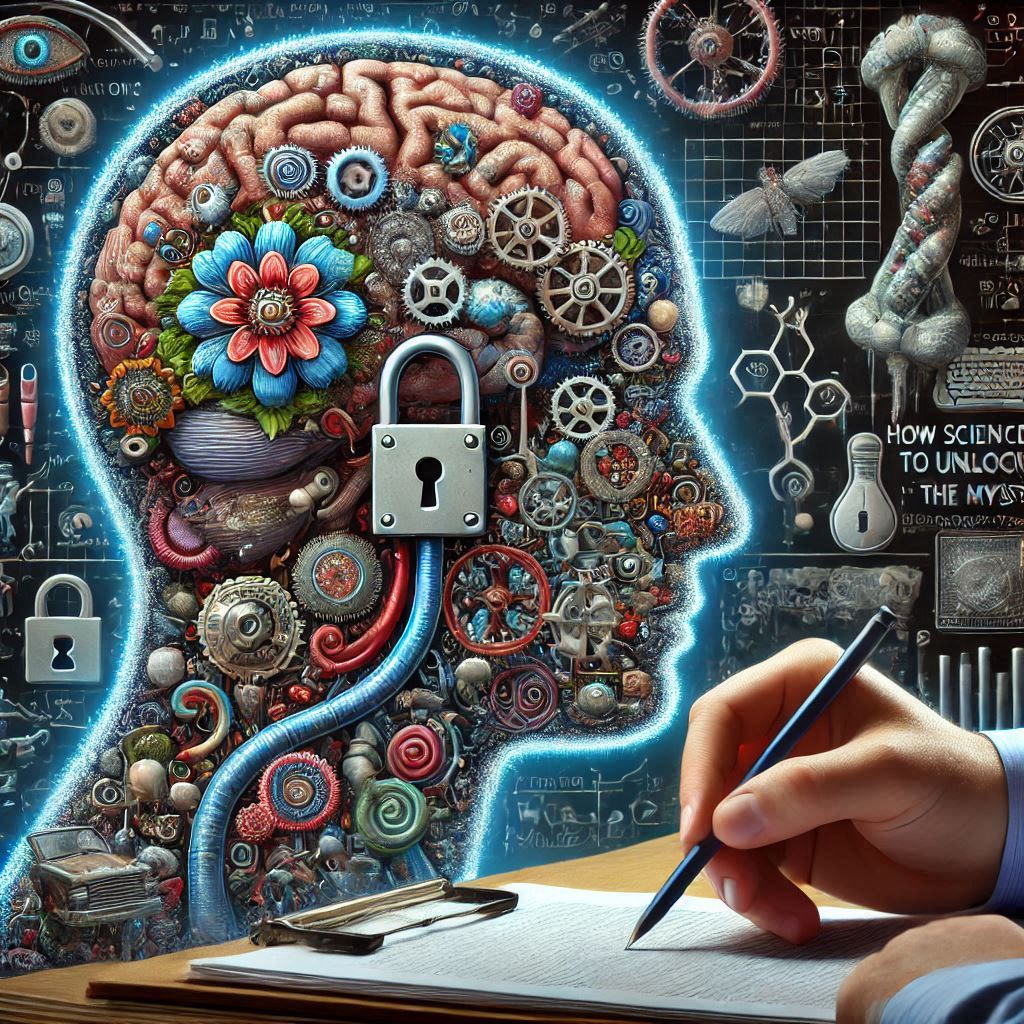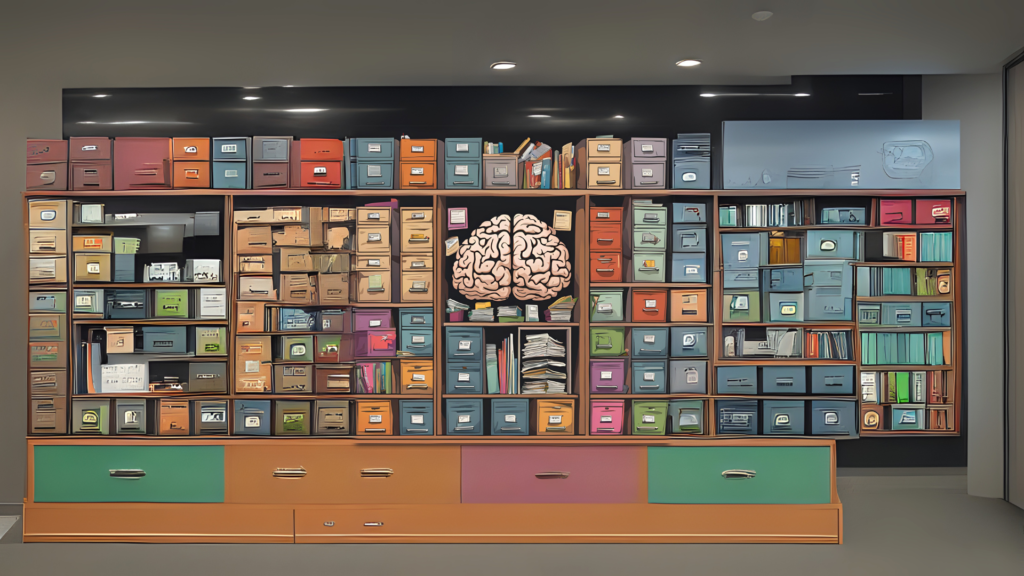Sleep, Pupils, and Memory: Unlocking the Secrets of Memory Consolidation
Table of Contents
Sleep has long been recognized as a vital component for health and overall well-being. Recent research is shedding light on an even more complex aspect of our sleep cycle: the fascinating changes in pupil dynamics that occur while we rest. These nuanced changes could hold the key to understanding how our brain processes and saves memories. Let’s delve deeper into how this intricate relationship functions and what it reveals about the mysteries of memory.
Understanding Pupil Dynamics
To appreciate the significance of the discoveries in sleep and memory, it’s crucial to understand what pupil dynamics are. Our **pupils are the gateway for light entering our eyes**, and their size can reveal much about the state of our brain. Typically, pupil size is regulated to manage the amount of light intake but also adjusts in response to cognitive and emotional states.
Role of Pupil Dynamics in Sleep
During sleep, changes in pupil dynamics have been noted to correlate with different sleep stages. Each stage—ranging from **light sleep to deep sleep and rapid eye movement (REM) sleep**—is characterized by unique brain activities and physiological responses. Research shows that pupil size fluctuations might be an indicator or even a participant in the brain’s **memory consolidation processes**.
New Research Sheds Light on Memory
Recent studies uncover how pupil size adjustments can lead to a better understanding of how memories are stored and preserved. Some of the key findings include:
- REM Sleep and Memory Consolidation: During REM sleep, our pupils exhibit distinctive patterns that align with the process of memory consolidation—when the brain categorizes and integrates information, transferring it from short-term to long-term storage.
- Pupil Oscillations and Brain Activity: Fluctuations in pupil size during various sleep stages are associated with neural activities responsible for **maintaining memory efficiency**. This suggests the eyes might play a passive but possibly vital role in brain processes.
- Potential Diagnostic Tool: Understanding pupil dynamics can potentially aid in diagnosing cognitive disorders. Variations from typical sleep pupil patterns might indicate issues with memory or cognitive function.
The Intersection of Technology and Sleep Research
This burgeoning field of study has far-reaching implications, particularly when it intersects with advanced technology:
- Wearable Tech: Devices that monitor sleep stages and pupil dynamics could provide individuals with valuable insights into their cognitive health, thus encouraging proactive management.
- AI and Machine Learning: Integrating AI can help in analyzing complex sleep data, improving the accuracy of detecting irregular patterns linked to memory formation.
- Augmented Reality: Future innovations using VR or AR may include features that exploit knowledge about pupil response to enhance learning and memory retention practices.
Challenges and Future Directions
While breakthroughs in pupil dynamics provide exciting pathways for future research, challenges remain:
- Technical Limitations: Accurate monitoring of pupil dynamics in a non-invasive way during sleep requires further technological advances.
- Inter-individual Differences: Sleep and memory processing vary greatly among individuals, suggesting the need for personalized approaches in interpretation.
- Comprehensive Understanding: More studies are needed to understand the full scope of how pupil changes impact memory dynamics and brain health.
The Broader Implications
Recognizing the delicate interplay between pupil dynamics and sleep not only enhances our comprehension of the brain’s memory mechanisms but also **unlocks potential therapeutic solutions** for memory-related issues. The insight gained could lead to **innovative strategies for addressing conditions such as Alzheimer’s disease and other cognitive impairments**. Additionally, the field may tap into improving educational methodologies by leveraging these biological insights.
Conclusion
Recent advances demonstrate that **unlocking the secrets of memory may very well depend on understanding tiny changes in our pupils**. This research stands at the cutting edge of neuroscience and cognitive science, opening up exciting avenues for technological integration and applications. As we continue to explore this fascinating relationship, we move closer to unraveling some of the brain’s most intricate mysteries and potentially revolutionizing treatment and enhancement of cognitive function.
Check out How Memory Works
Follow us on Social Media



